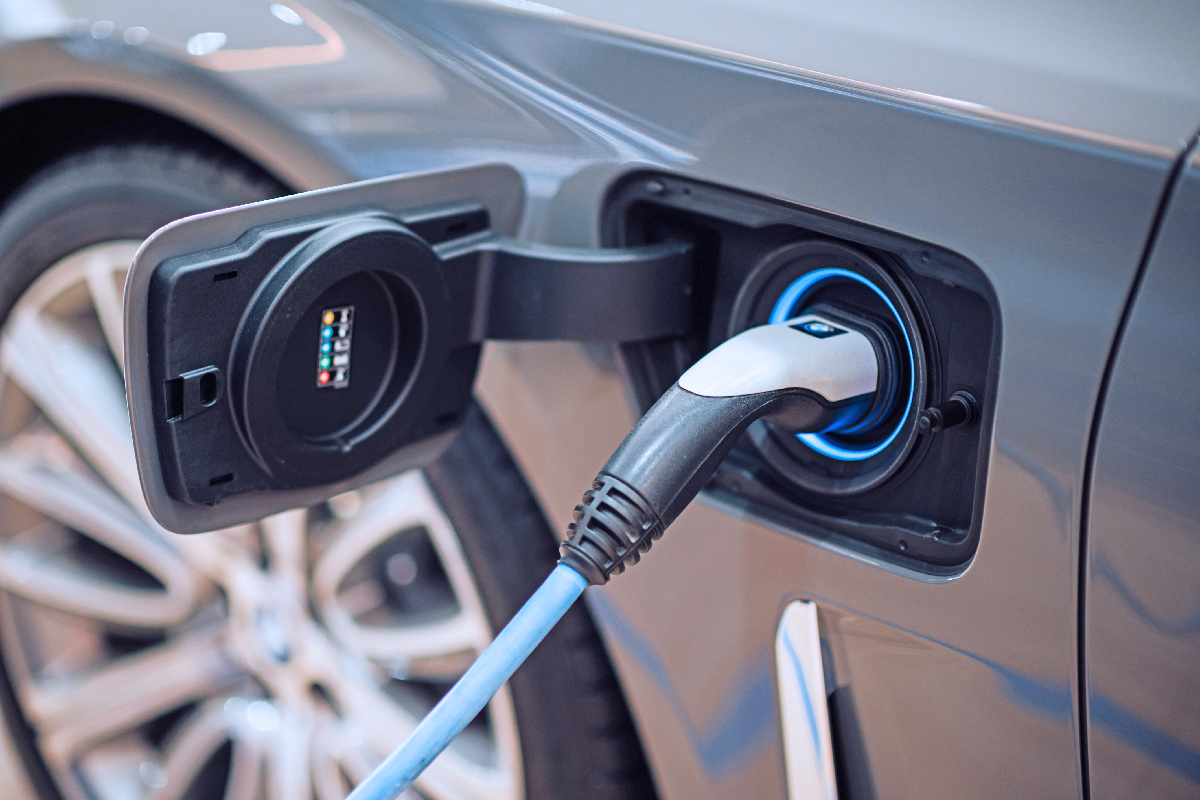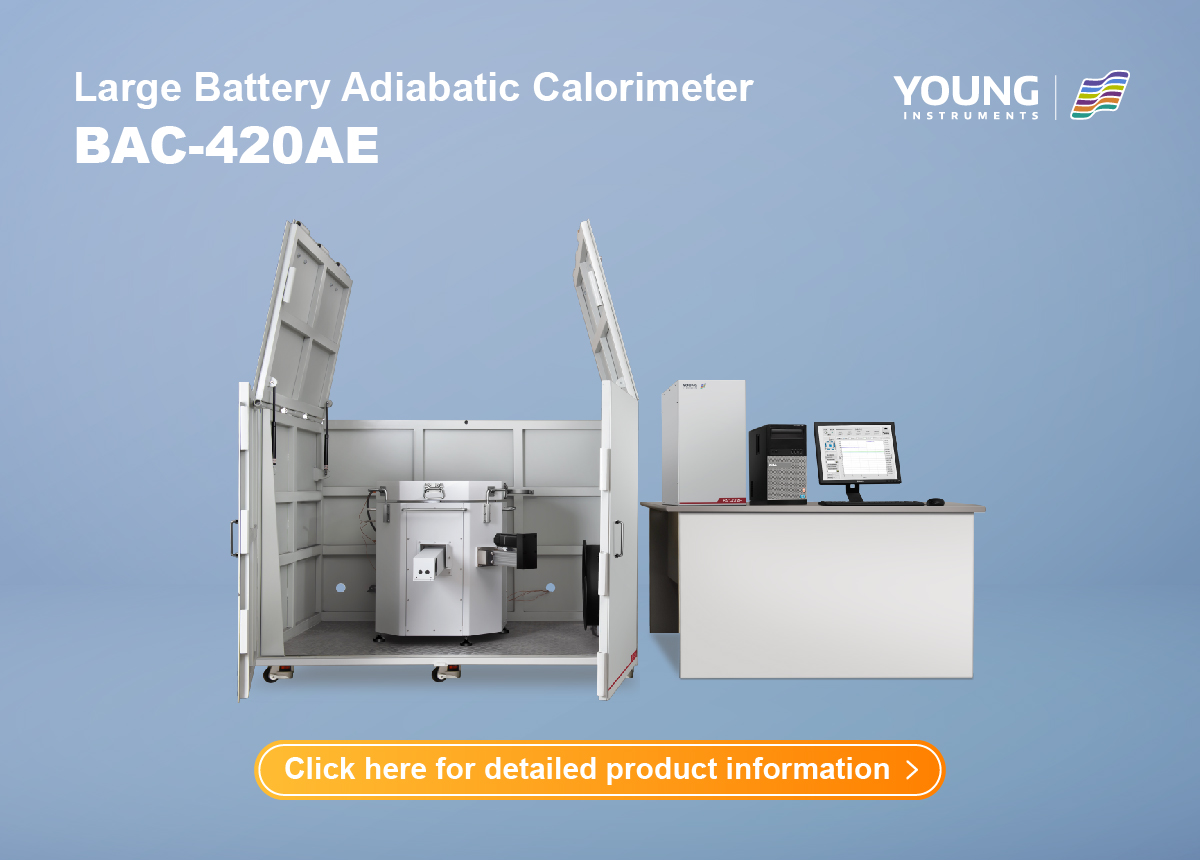Safeguarding the Future: Exploring EV Battery Abuse Testing
In recent years, there has been a notable increase in attention towards safety incidents associated with thermal runaway in new energy batteries. During thermal runaway, the battery’s internal temperature rises, leading to gas release, shell rupture, electrolyte expulsion, and, ultimately, battery explosions. To mitigate and prevent such incidents and bolster battery safety, there is a pressing need for comprehensive research into the mechanisms, characteristics, and thermal diffusion processes of thermal runaway. Various test modes can provide parameters related to thermal runaway characteristics, offering a scientific foundation for the safe design and effective prevention of thermal runaway in batteries.
Currently, the industry primarily relies on the Battery Adiabatic Calorimeter toward(ARC) for testing lithium battery thermal runaway. This instrument measures the adiabatic temperature rise curve of battery self-heating and obtains characteristic parameters such as the onset temperature of battery self-heating (Tonset), the onset temperature of thermal runaway (TTR), maximum temperature (Tmax), venting temperature (TV), maximum temperature rise rate ((dT/dt)max), and maximum pressure rise rate ((dP/dt)max).
Large Battery Adiabatic Calorimeter: Exploring the Crucial Role of EV Battery Abuse Testing
The Large Battery Adiabatic Calorimeter simulates an adiabatic environment to mimic the thermal runaway process of batteries. It synchronously records the battery’s state information under various abuse conditions (voltage, current, temperature, time, external pressure, etc.). Through the coordinated processing of electrical, thermal, and optical data, it reveals the mechanism of battery thermal runaway, quantifies battery thermal stability and assesses the hazards posed by thermal events.
Zeal Instruments’ Large Battery Adiabatic Calorimeter is engineered to meet rigorous industry standards, including USABC SAND99-0497, SAE J2464-R2009, FreedomCAR SAND 2005-3123: 4.1 Thermal stability, ASTM E1981-98, SN/T 3078.1, and GB/T 36276. These standards ensure precise and reliable measurement of thermal stability in battery systems. With advanced technology and adherence to established benchmarks, Zeal Instruments’ calibrators offer unparalleled accuracy and consistency in assessing battery safety. For further inquiries or information, please contact Zeal Instruments.
Large Battery Adiabatic Calorimeter: Superior Instrument Principles
The large battery adiabatic calorimeter achieves thermal dynamic closure of the system from a technical perspective by tracking battery temperature changes and dynamically adjusting the environmental temperature, thus eliminating temperature differences between the battery and the environment. In this adiabatic testing environment, the temperature changes of the battery are inevitably caused by its heat absorption and release. Therefore, the large battery adiabatic calorimeter can induce the battery’s thermal runaway reaction process, accurately determining key parameters during the battery’s thermal runaway process.
- Professional Structural Enhancement:While minimizing the thermal capacity of the furnace itself, ensuring the furnace has good thermal uniformity enables the furnace to achieve higher heating rates and temperature stability under the same heating power.
- High-Power Component Heating: By utilizing heating components and their extended functionalities, the heating performance of the instrument is further improved, ensuring efficient temperature control of the furnace.
- Intelligent Algorithm Upgrade:Integration of Smith estimation, adaptive parameter adjustment, fuzzy PID control, and other temperature control strategies achieves precise and uniform heating control of the furnace, ensuring efficient and stable temperature control.
Large Battery Adiabatic Calorimeter: Product Functions and Testing Parameters
The Large Battery Adiabatic Calorimeter is suitable for thermal abuse, electrical abuse, mechanical abuse, visual imaging, gas collection, charge and discharge heat generation testing, specific heat testing, and low-temperature testing.
The large battery adiabatic calorimeter not only induces battery thermal runaway through methods such as programmed heating abuse but also conducts electrical abuse such as overcharging, over-discharging, external short circuits, and mechanical abuse such as piercing and compression experiments. It measures relevant data related to thermal runaway and allows for more intuitive observation of experimental phenomena through the built-in camera. Additionally, this series of instruments can conduct gas generation tests for thermal runaway to obtain data such as gas generation rate and gas volume.

Adiabatic Furnace Specifications:
- Diameter: 420mm
- Depth: 520mm
- Temperature Stability: ±0.05℃
- Self-exothermic Detection Sensitivity: 0.02℃/min to 0.05℃/min
- Temperature Difference between Furnace and Sample in Constant Temperature: ≤1℃
- Temperature Control Range: RT to 500℃
- Temperature Tracking Rate: 0.02℃/min to 15℃/min
- Sealed Canister Pressure Range: 0 to 2MPa
- Maximum Needle Stroke: Set through software
- Charge and Discharge Column Overcurrent Capability: -500A to 500A
Large Battery Adiabatic Calorimeter: Applications in the Lithium Battery Industry
1. Battery Thermal Safety Evaluation:
- Simulate adiabatic environments to test large-capacity or large-sized individual batteries as well as small modules for thermal runaway, obtaining battery thermal stability characteristic parameters. Suitable for UL9540A standard thermal runaway gas generation tests to obtain gas production and gas generation rate under thermal runaway conditions for individual battery cells or small modules, providing a basis for the design of battery module and pack explosion-proof and pressure relief.
- Evaluate the gas generation risk of battery cells through gas collection and analysis.
2. Battery Thermal Management Research:
- Test battery heat generation, heat generation power, and variable-temperature specific heat data under different temperature conditions, including low temperatures, to provide evaluation criteria for battery thermal management systems.
Regulatory Standards and Future Outlook
1. Overview of existing regulatory standards for EV battery safety testing
Regulatory standards for EV battery safety testing are established by organizations such as the International Electrotechnical Commission (IEC) and the Society of Automotive Engineers (SAE). These standards cover various aspects of battery performance, including abuse testing, electrical characteristics, and environmental compatibility. Compliance with regulatory standards is essential for manufacturers to ensure the safety and reliability of EV batteries.
2. Discussion on the need for continuous improvement and adaptation of testing methodologies
Continuous improvement and adaptation of testing methodologies are essential to address evolving safety concerns and technological advancements in EV batteries. Manufacturers must stay abreast of emerging risks and developments, updating testing protocols accordingly. Collaborative efforts between industry stakeholders, regulatory bodies, and research institutions are crucial for driving innovation in battery abuse testing and enhancing EV safety standards.
3. Future trends and developments in EV battery abuse testing
Future trends in EV battery abuse testing include advancements in testing equipment, methodologies, and predictive modeling techniques. Integration of artificial intelligence (AI) and machine learning algorithms enables predictive analysis of battery behavior, while advanced simulation tools facilitate virtual testing. These developments enhance the efficiency and accuracy of abuse testing, contributing to safer and more reliable EV batteries.

Conclusion
EV battery abuse testing is instrumental in ensuring the safety, reliability, and performance of electric vehicles. By subjecting batteries to mechanical, thermal, and electrical stressors, manufacturers can identify potential hazards and implement design improvements to enhance battery safety. Through proactive testing and collaboration with solution providers like Zeal Instruments, the EV industry can continue to innovate and advance battery technology while prioritizing safety and sustainability.





































